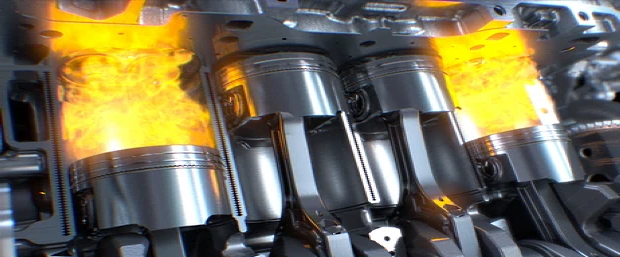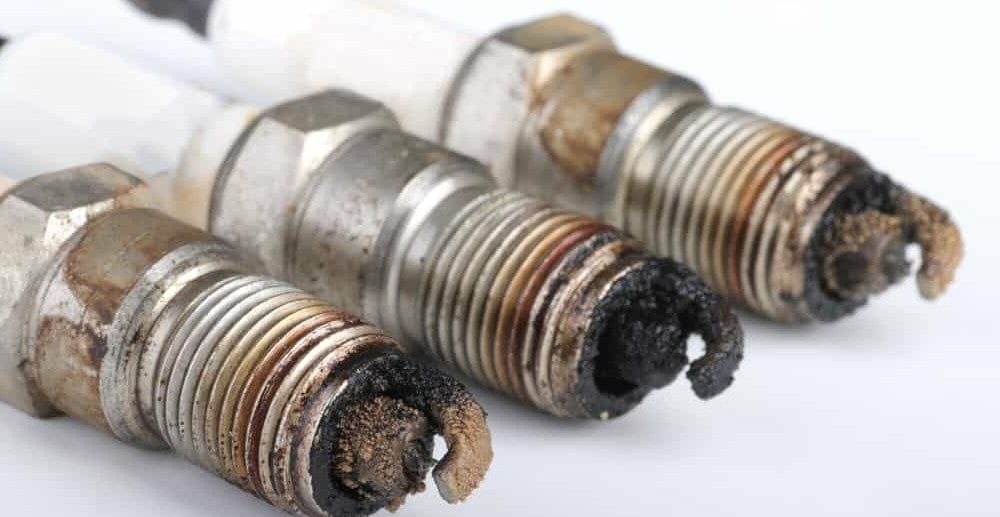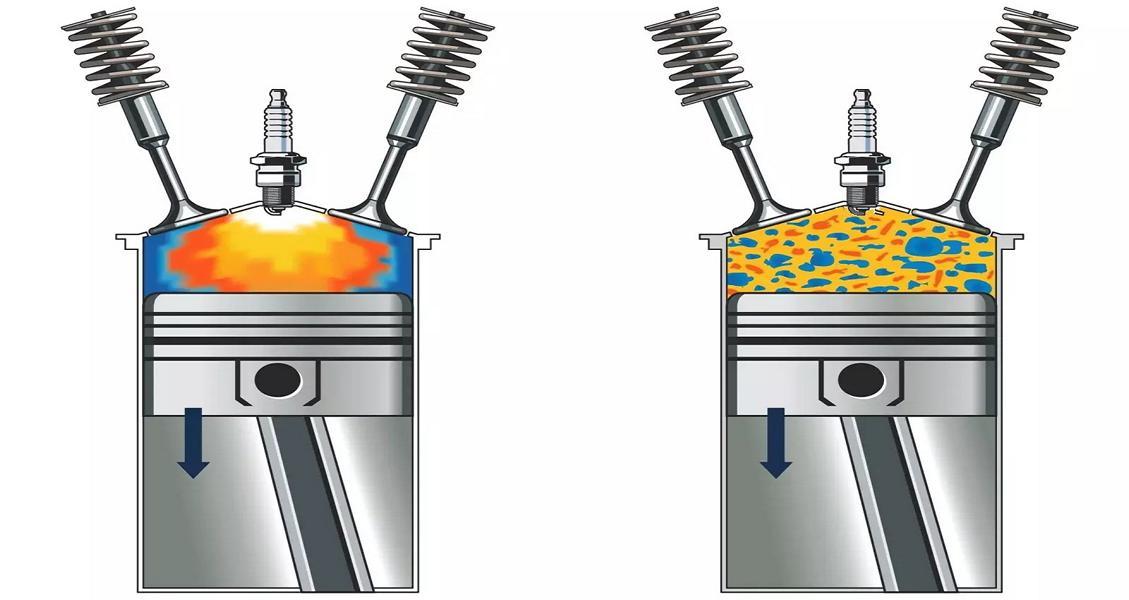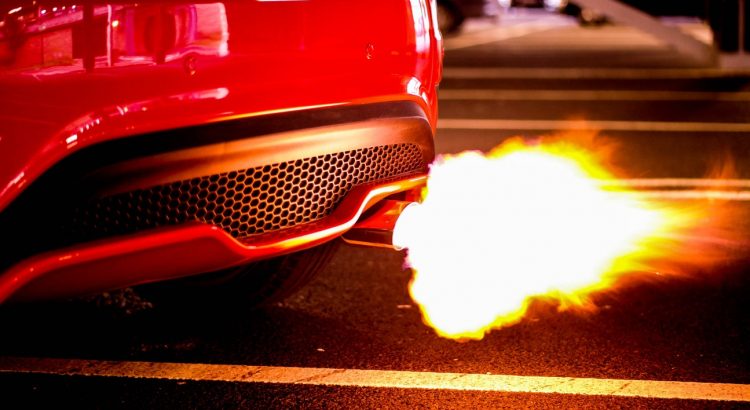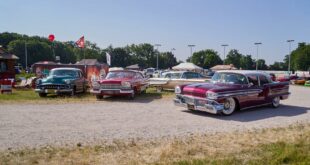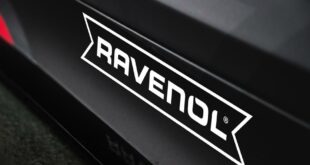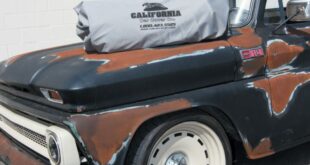Recently updated on September 26, 2023 at 01:25 am
[Update: 26.09.2023] This post was updatedto take more recent information into account. What are actually Misfires? Misfires are a noisy Pop the exhaust system, which is popular among many vehicle enthusiasts. In English, misfires are also known as “misfire"Or"backfire designated. Usually, misfire is understood to mean the ignition of the prepared mixture in the exhaust. This happens because unburned fuel gets through the exhaust valve in the engine into the exhaust system and burns there with an explosion. This creates the already mentioned popping in the exhaust.
How do misfires come about?
There are several ways in which misfire can occur. Probably the most common cause is that the fuel is just starting after the combustion chamber is burned. If an internal combustion engine misfires, there was no ignition of the mixture in the combustion chamber due to a lack of ignition spark.
This can be done by defective spark plugs to be triggered. Without the spark the spark plug can use the air-fuel mixture not be ignited and is then pushed out of the combustion chamber into the exhaust gas tract in the last stroke of the cycle. There it is ignited by the prevailing heat and there is an explosion that triggers the bang.
wrong ratio between air and fuel
Another cause of misfire is improper air / fuel ratio. So it can be with a too high amount come to air so that the mixture is not ignited. We are then talking about a “lean” mixture. The fuel that is not ignited can also get into the exhaust system and ignite there due to the heat. The air required for this can flow in through holes in the exhaust. It does not matter whether the holes were made intentionally or ignorantly.
too much fuel
Can also be a too much fuel lead to incomplete combustion, which can also lead to fuel in the exhaust and ignite. If there is an oversupply of fuel, one speaks of a “rich” mixture. Especially in older vehicles with internal combustion engines, the wrong ratio can lead to unburned amounts of fuel and air in the exhaust gases, which can then lead to ignition through contact with the hot exhaust system. Often these vehicles have a carburetor for mixture preparation. Nowadays the mixture is processed by a so-called Lambda probe monitors, which measures the proportion of unburned fuel and air and then passes this on to the injection system via the engine management system. There the ratio of the mixture is constantly optimized and adjusted.
Another possible cause of a misfire and the resulting noise is the burning of Fuel in the combustion chamber of the motor. This is caused by the incorrect setting of the Ignition timing. When the ignition timing too early is set, the spark plug will give a spark before the intake valve can close. This can cause the burns to spread into the intake manifold, which in turn can lead to further combustion of the mixture. The resulting explosion flows from the carburettor or from the injection system or the air filter and produces a loud bang. If the ignition timing zu spät is set, the exhaust valve opens before the ignition is complete and the mixture can ignite in the hot exhaust tract, as explained above.
Nothing special in motorsport!
Misfires are common in motorsports and especially in rally vehicles because these vehicles not The clutch is used to change gear, but ignition interrupters are used. The idea behind this is that the crankshaft and gearbox are not stressed for a short time and the gear can be changed during this short process. Unignited fuel also gets into the hot exhaust tract and often burns there with an audible bang, which is noticeable when changing gear. In contrast to road vehicles, their exhaust systems are designed for such loads.
Can misfires be caused on purpose?
Normally, and especially in new vehicles, no unignited fuel enters the exhaust. As explained above, this comes about through the engine control and the lambda sensor, which constantly optimizes and monitors the mixture ratio. Misfires can also be distinguished from other noises such as a “burble” or “bubble”. Such noises often occur in powerful vehicles, whether cars or motorcycles.
Such noises are caused by engines with a large displacement and exhaust systems tailored to them. At a relatively normal vehicle can misfire caused by a Modification of the ignition system be evoked. However, this can damage the engine and the exhaust system. Changes to the catalytic converter can also lead to a “pop”. Such changes are however not recommendable, as they lead to the expiry of the vehicle's operating license and result in a ban on use.
https://youtu.be/RDnslifN09w
Another problem with such a change on the Kat is that it is the unanimous opinion tax evasion acts if this has not been accepted by a testing organization. However, such a change is likely not to be accepted in the first place. The result is that the tax office intervenes and opens tax proceedings. The reason is that the vehicle is changing Do NOT spread pesto on this layer! is in the approved pollutant class, which was determined when calculating the vehicle tax.
Does this then count as tax evasion according to Section 370 of the Tax Code (AO)?
Due to the change in the emission class, the vehicle tax was too low. Such a crime could be costly and punishable by a prison sentence of up to five years, or even 10 years in serious cases. But how is that exactly? As is often claimed, you commit one directly tax evasion? Here is the answer! A special exhaust system is conceivable and more elegant, but the costs for it are high and acceptance is not guaranteed. And misfires are only possible with gasoline engines, since diesel engines no spark plugs to have. If you really want the popping soundscape in the vehicle, you should read our article on the topic of "Crass exhaust sound by means of overrun fuel cutoff“Read through.
Engine Misfires: Causes and Solutions
Engine misfires can not only be annoying, they can also be harmful to the vehicle. They occur when the air-fuel mixture is ignited not correctly in the cylinder but in the exhaust pipe. This will cause a loud bang and may damage various parts of the vehicle.
What can cause misfires?
- Ignition of the air-fuel mixture in the hot exhaust pipe instead of in the cylinder.
- Damage to the Silencer system, vehicle catalytic converter and lambda sensor.
- Unreliable ignition of the spark.
- Reaction of fresh air with unburned fuel in a damaged exhaust system.
- Misfires can also be created intentionally, for example in Show cars or im Motorsport. Ignition interruptions are used in racing to relieve strain on the transmission during a gear change.
How is a misfire noticeable?
- Rough idling of the motor.
- Shaking engine while driving.
- Engine suddenly stops.
How bad are misfires?
- A misfire is a serious malfunction. It causes excessive wear, overheating of the engine and friction between the surfaces of the piston and cylinder.
What to do about misfires?
- Motor speed slow down slowly.
- Fuel recommendations Follow these instructions and use non-alcoholic fuel.
- carburettor Adjust for optimal performance.
Are misfires allowed?
- No, intentionally induced misfires can occur Fines be punished.
Can you still drive with a defective spark plug?
- No, if the spark plugs are defective you should don't continue.
Conclusion: Misfires are not only annoying but can also be harmful to the vehicle. It is important to understand the causes and take appropriate measures to prevent further damage.
Of course, that wasn't the end of it!
tuningblog has countless other articles on the subject of car and auto tuning in stock. Do you want to see them all? Just click HERE and look around. In part, we would like to provide you with news but also off the tuning. In our category Tips, products, information & Co We have reviews of car or accessories manufacturers, new ones Tuning Wiki Terms or one or the other Leak veröffentlicht. Following an excerpt of the last articles:
|
BIG 3! Big US car festival on the Dinslaken harness racing track |
"Tuningblog.eu" - we keep you up to date on the subject of car tuning and car styling with our tuning magazine and we present you the latest tuned vehicles from all over the world every day. It's best to subscribe to ours Feed and will automatically be informed as soon as there is something new about this post, and of course also to all other contributions.
 tuningblog.eu Your magazine about tuning the car
tuningblog.eu Your magazine about tuning the car
